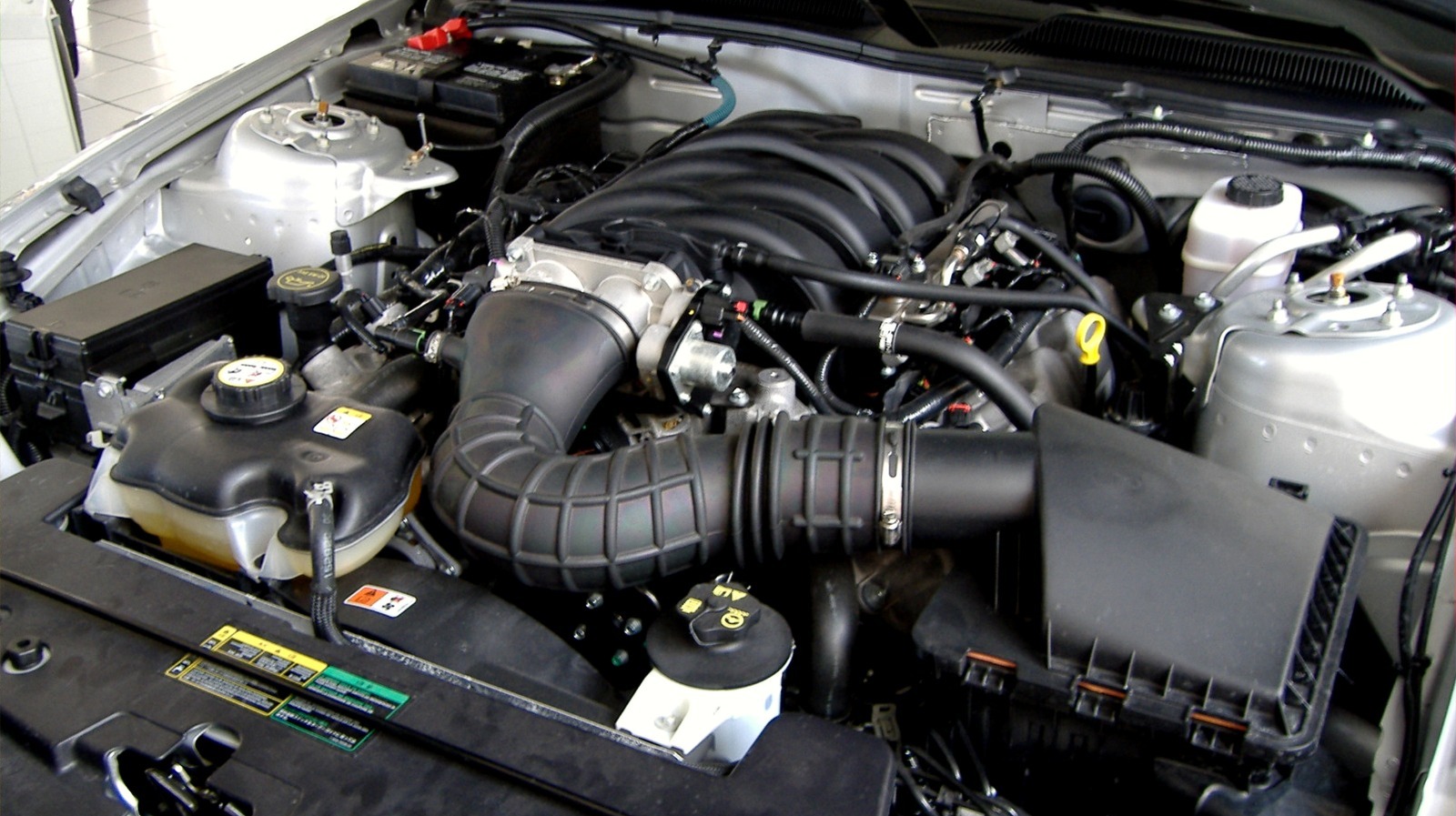
[ad_1]

There are several instances where knowing the location of cylinder number 1 matters, especially for DIY enthusiasts. It’s not just trivia, but crucial when diagnosing engine misfires, replacing spark plugs or injectors, setting ignition timing, or finding top dead center (TDC) for engine repairs. Locating cylinder number one on your engine varies depending on the engine type (inline, V6, or V8), the engine’s mounting orientation, and the manufacturer’s specific numbering system.
Advertisement
On inline engines, cylinder number one is usually the one closest to the front of the engine. This is where the timing belt or chain cover is located, along with accessory belts and pulleys. In V engines, cylinder number 1 is usually the one closest to the crankshaft, on the front-most bank that sticks out slightly in front of the other when viewed from the side. On many American V8s, the first cylinder on the left bank (driver’s side) is cylinder number 1, while the one on the right side is cylinder number 5.
In comparison to inline engines, boxer engines have two opposing banks of flat, horizontally opposed cylinders, and are often referred to as “flat-four” engines. Cylinder number 1 is located on the front-right side of the engine, closest to the timing chain. There are a few caveats, though, and not all engines follow conventional numbering. On Ford V engines, cylinder one is on the far right (not left). Additionally, older Jaguar inline sixes like the XK6 are timed from cylinder number 6, so that’s the one you’ll want to look for instead.
Advertisement
Why finding cylinder number 1 matters
Knowing your engine’s cylinder numbering is quite helpful, especially when diagnosing engine problems. Let’s say you’ve just used an ODB-II scanner like the Mucar CDE9000, and it returns the code P0302, indicating a misfire on cylinder number 2. To fix it, you need to know the location of cylinder number 1. This will enable you to count correctly and locate the faulty cylinder.
Advertisement
Similarly, cylinder numbering also matters when scan codes point to issues like a faulty injector or spark plug. Identifying the location of cylinder 1 ensures the correct component is replaced, saving time and preventing unnecessary repairs. Another example would be vehicles that require manual ignition timing. This is often based on the firing position of cylinder 1, as it serves as a reference point for ignition timing. Cylinder numbering also matters when scan codes point to issues like a faulty injector or spark plug.
To make things easier, check for labelling on the engine’s cylinder head or coil packs. For instance, Ford applications, specifically the 3.0-liter V6 on the Ranger and Durango, have cylinder number markings or labels to help owners or mechanics easily identify each cylinder during repairs or diagnosis. You can also refer to your car’s service manual or look up a cylinder numbering diagram online for your specific make or model. Automotive forums can also be a helpful resource, often offering repair guides or labeled diagrams shared by owners and technicians.
Advertisement
[ad_2]
Source link






